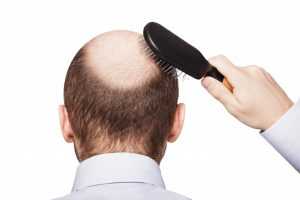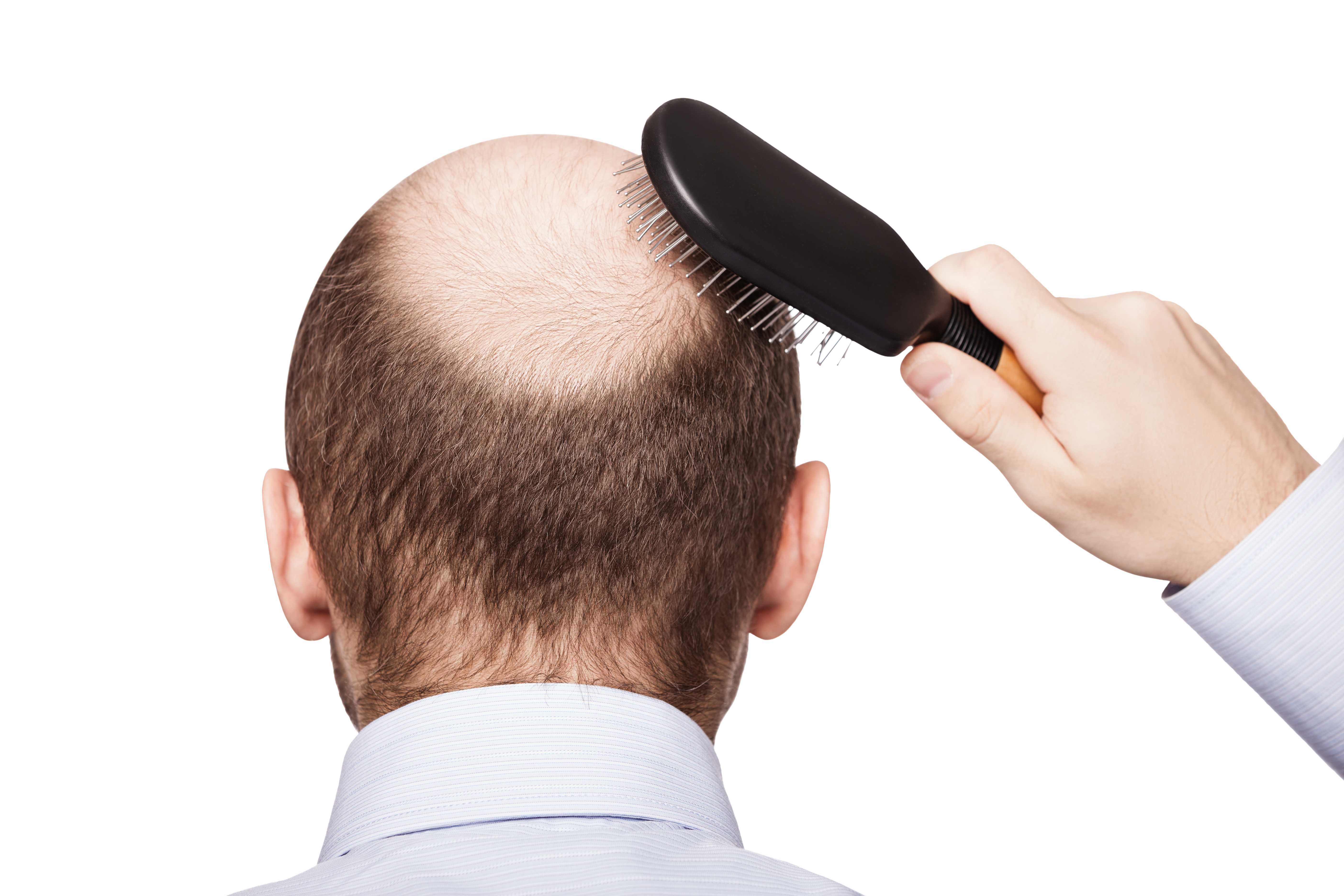Disclaimer: This website provides health information for educational purposes only and is not a substitute for professional medical advice, diagnosis, or treatment. Always seek the guidance of a qualified healthcare provider with any questions you may have.
 Men are more likely to go bald compared to women because of genetics and an ailment known as male pattern baldness. The problem may start with one small patch — its radius growing bigger and bigger as one ages. This causes thinner hair and a receding hairline, which for some men, means a loss of confidence in their appearance.
Men are more likely to go bald compared to women because of genetics and an ailment known as male pattern baldness. The problem may start with one small patch — its radius growing bigger and bigger as one ages. This causes thinner hair and a receding hairline, which for some men, means a loss of confidence in their appearance.
How does a person get male pattern baldness?
The most common factors that may cause shrinkage of the scalp are androgens, age and genetics. According to experts, white males almost always develop some sort of balding, the possibility of completely going bald increases with certain gene and age. The hormone androgen is often the culprit of this ailment. Estimates cite that approximately half of Caucasian men will have to deal with male pattern baldness when they reach 50, while around 30 percent of men over 30 years old will likely go bald.
What are the available treatments for balding?
If you find yourself in the percentage of those who acquire male pattern baldness, a hair clinic in Manchester cites you still have a chance of improving your condition through a variety of treatments which include:
- Hair Transplants – hairs located in the rear-bottom part of a person’s scalp are resistant to the adverse effects of androgens compared to others and are often the material used for transplants. A practitioner will excise a piece of skin with hair and then graft it onto the balding spot. He or she may resort to transplanting individual pieces of hair, which reduces the risk of scarring.
- Laser Treatment – another but more expensive option is to treat the balding spot with lasers, which may last between six to twelve months.
- Drug Treatment – one option to look into is taking drugs this form has its pros and cons, and potential side effects.
Consult with your specialist to determine the best course of action to treat your male pattern baldness. You can still keep your hair and prevent it from receding by identifying the treatment that works for you.




